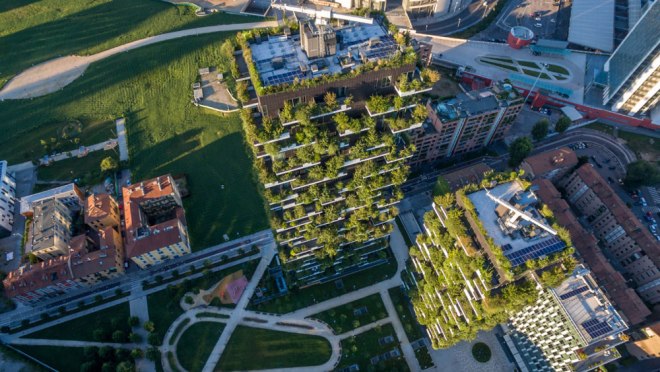Green (Building) Is the New Gold
The trending environmentally conscious real estate movement shows the industry values the planet and its inhabitants.
The green building movement formally took off in the United States during the early 1990s as the American Institute of Architects’ Committee on the Environment sought to create environmentally responsible homes and promote ecological resolve. In 1996, the U.S. Green Building Council (USGBC) developed the world’s leading certification program, Leadership in Energy and Environmental Design (LEED), to reduce carbon emissions, generate less water waste, lower energy bills, and build healthier work and living spaces. “More than anything else, green building is about people,” says Mahesh Ramanujam, president and CEO of USGBC. “That’s where the real luxury lies: in improving quality of life and making our society not only more sustainable but more equitable, too.”
The movement has progressed into the mainstream real estate market, with LEED projects in 147 countries and 1.6 million registered or certified residential units. According to the World Green Building Trends 2016 SmartMarket Report, the market for green building materials alone is expected to reach $250 billion by 2019. Green building is becoming a dynamic movement meant to regenerate the planet and the human experience. LEED certified buildings cost less to operate, reduce water bills by as much as 40 percent, consume 25 percent less energy, and have diverted more than 80 million tons of waste from landfills.
“I think the housing industry is on the cusp of a sea change in the direction of green building,” says Anne Moretti, an associate broker for Sotheby’s International Realty in New York. “Part of this trend is driven by buyers and their awareness of energy-efficient systems, and part of it is driven by technological advancements and the growing accessibility to it.” In New York, Modern Net Zero builds cutting-edge homes that are designed to produce as much energy as they consume via LED lighting, insulation technology, and geothermal heating, saving owners around $20,000 annually in combined energy bills. On the other side of the country, Los Angeles–based Prime Five Homes builds eco-mod estates that implement solar-paneled rooftops, rainwater capture systems, and recycled tiles and wood.
Ramanujam says that in many markets, certified green homes are now selling faster and for more money than comparable non-green homes—proving that the green trend continues to blossom.
ARTICLE & IMAGE SOURCE: http://robbreport.com/shelter/spaces/experts-green-building-trend-leed-c...





